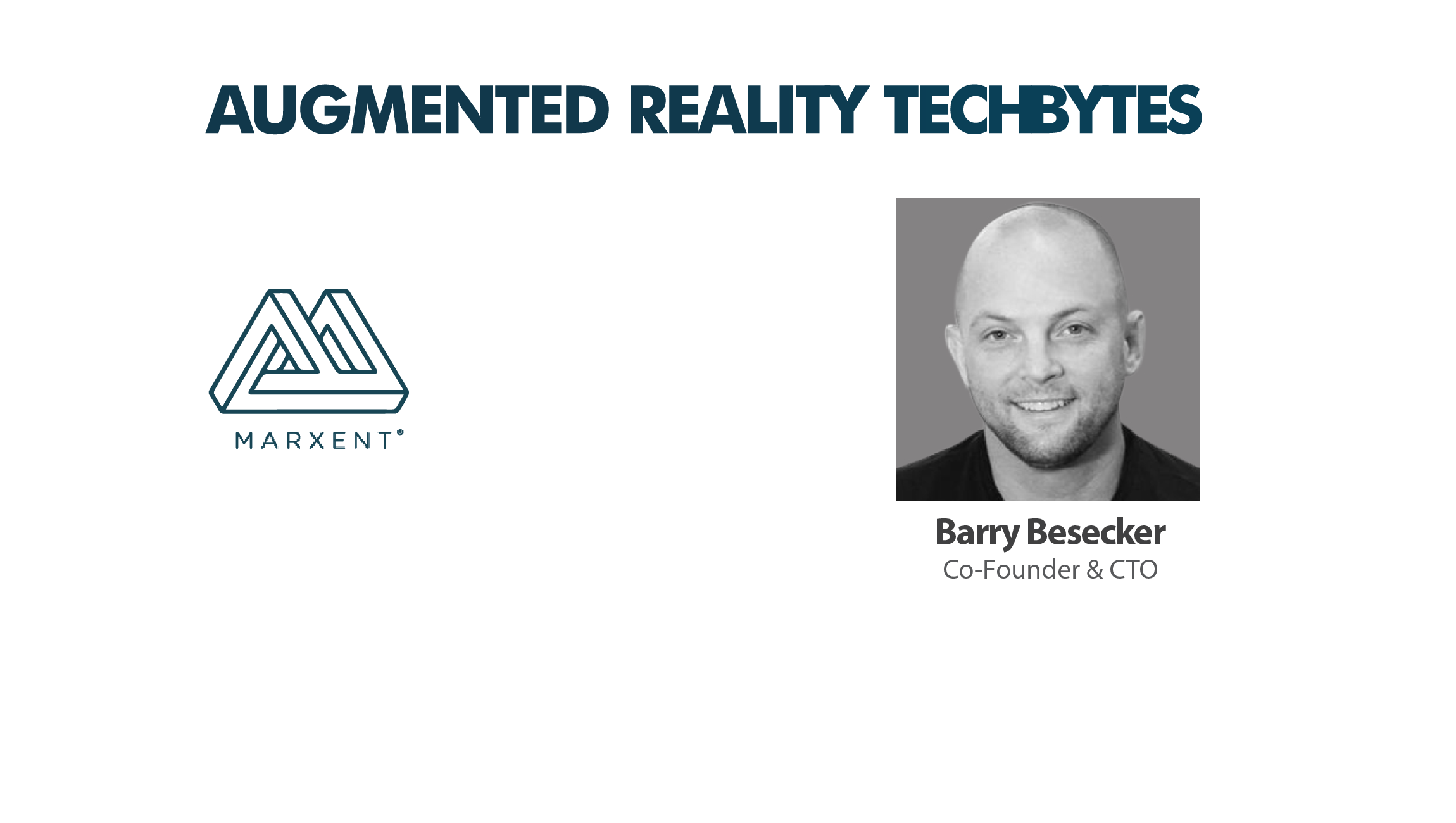Barry Besecker
Co-Founder and CTO, Marxent
According to Barry Besecker, CEO and co-founder of AR/VR company, Marxent, the ad unit of the future is a 3D, virtual product, like those used in many AR/VR environments today.
Barry believes that soon, advertisers will be able to bid for and place 3D objects into existing shows, or create and populate entire virtual environments using 3D products, to give consumers a highly targeted and unobtrusive ad experience. With the ability to easily swap virtual products in and out of a scene, product placements within a streaming show or movie could be changed over time, or vary depending on the profile of the individual viewer. Beyond ads, 3D products can also be used to fuel website copy, marketing promotions, AR/VR experience, mobile apps and the like, meaning an investment in 3D content now can give way to an entirely new marketplace of promotional content for brands for years to come, no matter how the media landscape evolves.
Html code here! Replace this with any non empty text and that's it.
MTS: What is the state of AR/VR in advertising and marketing today?
Barry Besecker: A lot of the use cases we see today for AR and VR in advertising and marketing have been limited to one-off, gimmicky promotions. The reason for this is that, even though brands see a lot of potential to tap AR/VR to engage with customers and prospects in an exciting way, AR/VR activations have required a significant investment in creative and custom development for a branded experience, which only serves a small audience. For example, if advertisers created a VR ad, the potential reach of that content would be limited to consumers who own VR headsets, which remains cost prohibitive. Even with the AR experiences that have had the most success – like Pokemon Go, which eventually transcended the advertising space by getting companies involved in location-based promotions – the ideas have been interesting and showed the potential of the technology, but haven’t been useful enough to support the scale and volume that brand advertisers and marketers need in order to prove ROI.
MTS: Beyond gimmicky marketing activations, how do you think AR/VR will be used in advertising and marketing in the future? What will the benefits be for advertisers/marketers? For consumers?
Barry: There’s a huge opportunity for marketers and advertisers to leverage AR/VR in a more meaningful way than what we see today, for a number of reasons. For one, big investments in AR from tech giants like Apple with ARKit, and Google with ARCore, are making it easier for developers to deploy AR apps. In turn, it’s becoming easier for consumers to enjoy that content with the computer they carry 24/7 – their smartphone – rather than requiring special hardware like Google Glass or a VR headset. This opens the floodgates for all kinds of new promotional content in AR/VR, and broadens the reach of this content to the billions of people around the world who own iOS or Android phones.
But beyond that, we believe that the technology that will have the largest impact on marketing and advertising isn’t strictly in AR/VR, but with the content that’s at the core of AR/VR apps and experiences, which is 3D products. Brands that invest in 3D, virtual product libraries and inventories will be able to tap into every ad medium out there today, and those that we can’t yet imagine, all using the same 3D assets. Take product placement, for example. Soon, advertisers will be able to bid for and place 3D objects into existing shows, or create and populate entire virtual environments using 3D products, to give consumers a targeted and unobtrusive ad experience. With the ability to swap virtual products in and out of a scene, product placements within a streaming show or movie could be changed over time, or vary depending on the profile of the individual viewer. This is a huge opportunity for a new level of personalization and 1:1 marketing, so that marketers can use demographic information to drill into the content that their target audience is already engaging with, and put their own products within that scene, in a way that allows consumers to envision how a brand meshes with their preferences, likes, and behaviors.
MTS: What industries will benefit most from AR/VR in marketing and sales, and why?
Barry: In the early days, the industries that will benefit most from AR/VR will be those that sell high-consideration products, and have a configuration element to what they’re selling. When we first started this, we thought about potential applications for AR/VR in a lot of different product categories, like shoes, or fashion. But the cost of 3D modeling is still relatively high, so with so much turnover in inventory each season in those industries and others of a similar nature, we wanted to find a product category where inventory would stay semi-permanent over time, to be able to offer true value to brands. That’s where we’ve been able to get ROI for clients, and where the best uses for 3D visualization exist today. Specifically, AR/VR is great for helping consumers visualize kitchens, bathrooms, backyard decking, and furniture – things that are big purchases, but may be hard to truly envision in the context of their lives and homes.
MTS: How is Marxent’s technology building the foundation for a future in which ad content is 3D/virtual?
Barry: Already, Marxent works with retailers and manufacturers to help them build virtual product libraries, filled with 3D assets that can be used for web configuration tools, mobile AR apps, in-store VR experiences, and the like. But we have a larger vision, to build a content network that will ultimately be filled with 3D products from all different retailers and manufacturers, and enable a new marketplace where all of these products are available for consumers to interact with within one scene.
Imagine if you could virtually pick out a chair from La-Z-Boy, and simultaneously match the chair with cabinets from American Woodmark, all within a virtual version of the new Toll Brothers home that you just purchased? That’s the experience we’re working toward. And as the technology matures and allows us to continue building this 3D marketplace, while readying consumer devices for AR/VR, advertisers and marketers will need to start thinking about how this collaborative environment will change the rules of campaign creation, and how they can start preparing for this new reality today. Because within 5 years, consumers won’t see 3D product visualization, or AR/VR, as a cool, new brand experience. They’ll expect it, without remembering that their interaction with marketing and ad content was once limited to two dimensions.
MTS: Thanks for chatting with us, Barry.
Stay tuned for more insights on marketing technologies. To participate in our Tech Bytes program, email us at news@martechseries-67ee47.ingress-bonde.easywp.com



